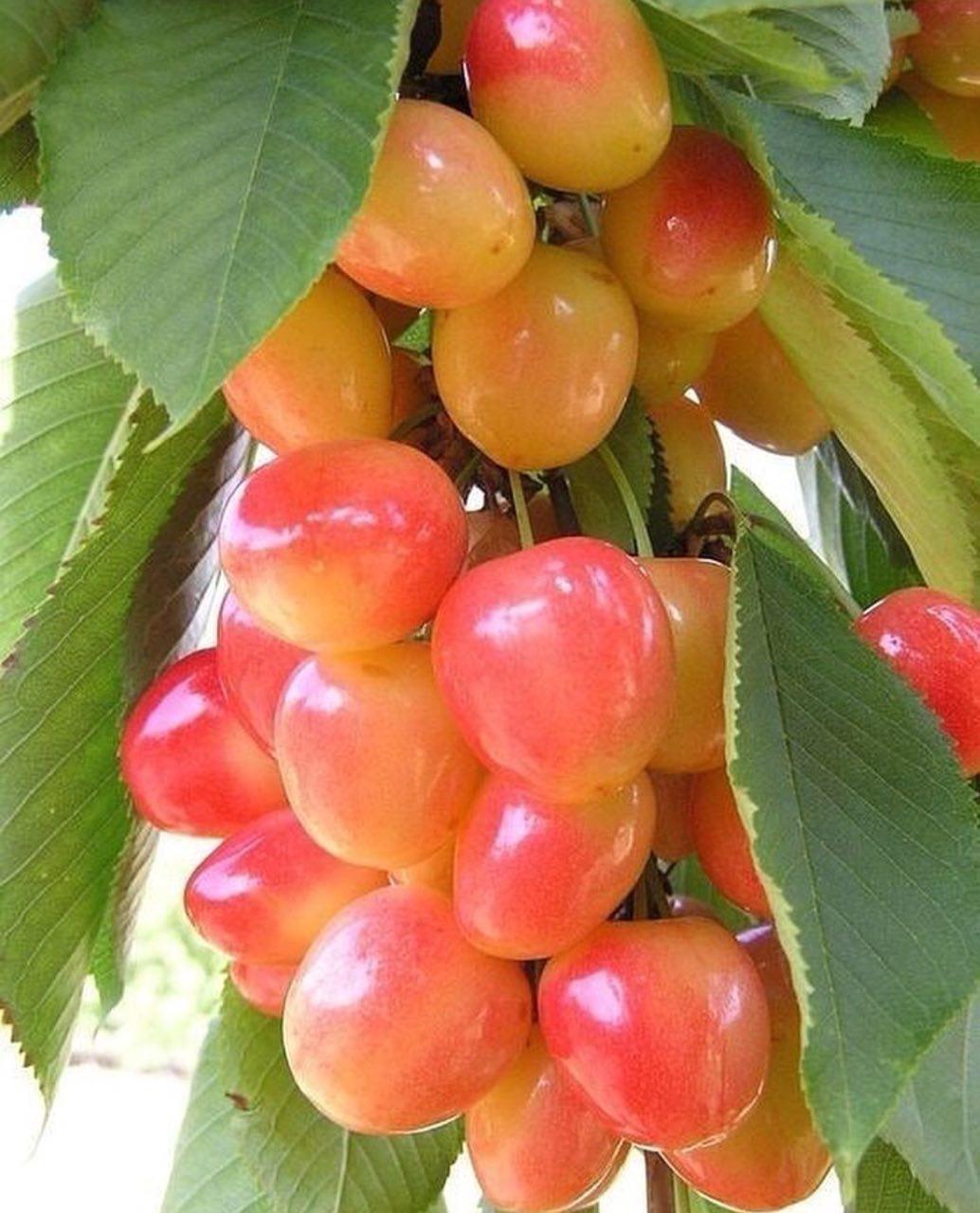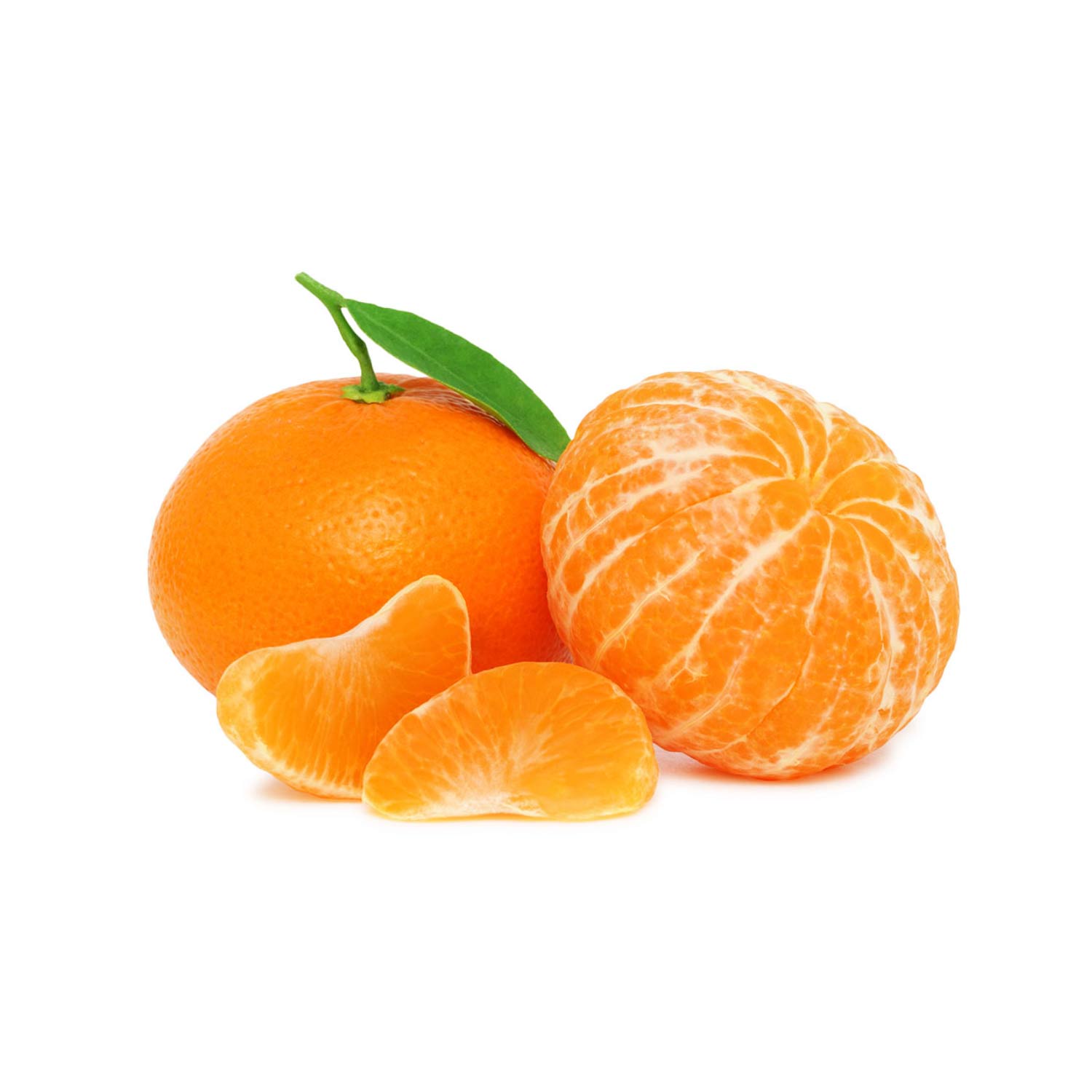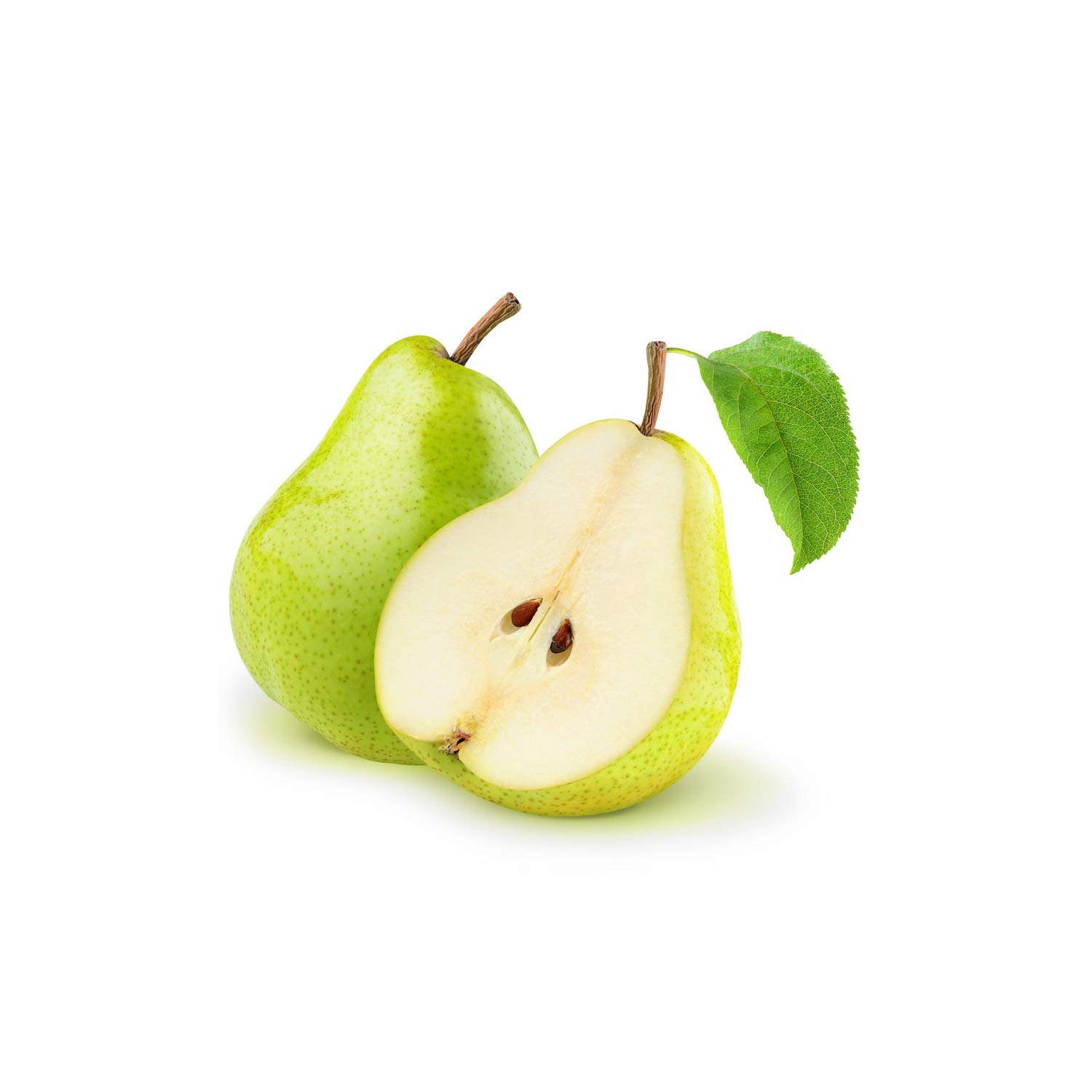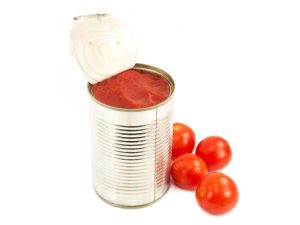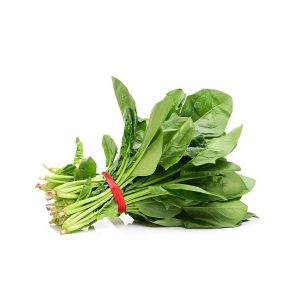Supplying Spice to the World
Red Chili Pepper Exporters: Global Suppliers of Heat and Flavor
Red chili peppers are essential in global cuisine. Prized for their fiery heat and rich flavor, they enhance dishes across cultures. From Indian curries to Mexican salsas, these peppers bring depth, complexity, and excitement. As global demand for spicy foods increases, so does the need for reliable red chili pepper exporters.


In this article, we’ll explore the leading exporters, the advantages of international sourcing, and the role these peppers play in popular dishes worldwide.
Top Red Chili Pepper Exporting Countries
India
India is the largest exporter of red chili peppers in the world. Thanks to its warm climate and vast farmland, the country grows a wide variety of chilies. These range from the mild Kashmiri to the extremely hot Bhut Jolokia. Additionally, Indian exporters are known for consistent supply and competitive pricing.
Mexico
Mexico’s chili peppers are integral to its cuisine and export economy. Popular varieties such as jalapeños, chipotles, and serranos offer bold flavor and manageable heat. Because of their versatility, these peppers are widely used in Latin American, U.S., and European dishes.
China
China contributes significantly to the global chili market. It exports large quantities of dried red chili peppers, especially to Asian countries. Moreover, Chinese exporters often provide cost-effective options while maintaining good quality standards.
Peru
Although smaller than other exporters, Peru is gaining recognition. Its unique climate allows for the cultivation of rare chili types like Aji Amarillo and Aji Panca. Consequently, Peruvian chilies are becoming staples in South American and fusion cuisines.
Why Import Red Chili Peppers from Global Suppliers?
Consistent Year-Round Supply
By sourcing from countries with different growing seasons, importers avoid seasonal shortages. This year-round availability helps businesses maintain inventory and meet customer demand without interruption.
Wide Range of Varieties
Another key advantage is variety. Exporters offer chilies in every heat range and flavor profile, from mild to extremely spicy. Therefore, food producers can cater to diverse markets and regional preferences with ease.
Quality and Safety Standards
Reputable exporters prioritize product quality. Most follow international food safety regulations and hold certifications such as ISO, HACCP, or organic. As a result, importers receive products that meet both safety and taste expectations.
Competitive Pricing
Global sourcing encourages healthy competition among suppliers. Because of this, buyers can find high-quality chili peppers at better prices. Furthermore, exporters often provide flexible contracts and volume discounts.
Red Chili Peppers in Global Cuisine
Indian Dishes
In India, red chili peppers are essential. They are used in curries, spice blends, and pickles. While mild varieties enhance color, spicier types like Bhut Jolokia add intense heat. This balance of flavor and spice defines much of Indian cooking.
Mexican Cuisine
Mexico’s cuisine relies heavily on chili peppers. Whether used fresh, dried, or smoked, they form the foundation of many dishes. Chilies like ancho, guajillo, and pasilla offer smoky, sweet, and spicy flavors that elevate tacos, mole, and sauces.
Thai Recipes
Thai dishes are famous for their vibrant flavor combinations. Red chilies provide the heat that balances sweet, sour, and salty elements. Often used in stir-fries and curry pastes, they bring intensity and depth to every bite.
Korean Specialties
Korean food showcases red chili peppers in dishes like kimchi and gochujang. These ingredients provide not only spice but also fermentation benefits and color. Therefore, they play a crucial role in both flavor and preservation.
Conclusion
Red chili peppers are more than a spice—they are a global ingredient. They connect cultures, enhance recipes, and fuel growing industries. By sourcing from leading exporters such as India, Mexico, China, and Peru, businesses gain access to high-quality products with consistent supply and competitive pricing.
As global demand for bold flavors continues to rise, now is the time to invest in trusted red chili pepper exporters. With the right partners, your supply chain will be as strong as the spice you deliver.




